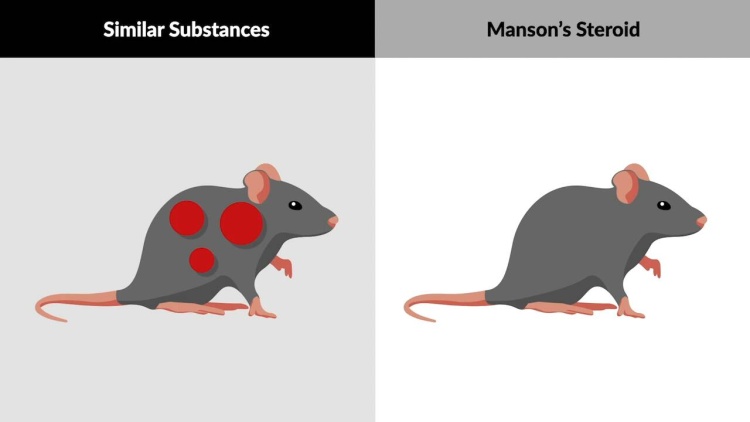Brenner v. Manson
United States Supreme Court
383 U.S. 519, 148 U.S.P.Q. (BNA) 689 (1966)
- Written by Samantha Arena, JD
Facts
In 1960, Manson (plaintiff) filed a patent application for a process for manufacturing certain known steroids. The Patent Office examiner denied the application, finding that Manson failed to disclose sufficient utility for the chemical compound produced by the process. Manson appealed, and in support of his claim of utility, submitted an article establishing that steroids similar and related to Manson’s steroid were useful as tumor inhibitors. The Patent Office Board of Appeals affirmed the application denial, concluding that Manson’s compound could not be deemed useful based solely on its similarities to another, already proven useful, compound, and that Manson failed to disclose a sufficient likelihood that Manson’s compound would also be an effective tumor inhibitor. Manson appealed. The Court of Customs and Patent Appeals reversed, holding that it is unnecessary for an applicant to prove utility for a known product of a chemical process if the product is not harmful to the public. The Commissioner of Patents, Brenner, petitioned the United States Supreme Court for certiorari, which the Court granted.
Rule of Law
Issue
Holding and Reasoning (Fortas, J.)
Concurrence/Dissent (Harlan, J.)
What to do next…
Here's why 899,000 law students have relied on our case briefs:
- Written by law professors and practitioners, not other law students. 47,000 briefs, keyed to 994 casebooks. Top-notch customer support.
- The right amount of information, includes the facts, issues, rule of law, holding and reasoning, and any concurrences and dissents.
- Access in your classes, works on your mobile and tablet. Massive library of related video lessons and high quality multiple-choice questions.
- Easy to use, uniform format for every case brief. Written in plain English, not in legalese. Our briefs summarize and simplify; they don’t just repeat the court’s language.





